Light. Without it there would be no people, creatures, plants or nature. Here, we explore how to make the most of the gift of natural light.
We are all creatures of light.
Essentially, we’re biological clocks, and light is the mechanism that keeps us all ticking. It tells us when it’s time to wake up, time to sleep. It helps us recognise the times when we are more—or less—alert. It regulates our blood pressure, controls our body temperature, even our gut.
Believing the sun’s daily appearance and disappearance to be divine intervention, many ancient cultures worldwide worshipped a sun god or goddess. Central to the cycles of life, the sun features as a bold yellow circle at the heart of the Australian Aboriginal flag.
At school we learn about the everyday miracle of photosynthesis: green plants transforming the energy of sunlight into nutrients for their growth. Vines are planted and wine is made according to the cycles of the moon, whose borrowed light has inspired lovers and poets since the earliest times. Changes in light intensity throughout the year—and how these changes may affect our mood—remind us of how closely bonded we are to nature and the seasons. Our hearts and bodies beat to the rhythms of day and night.
Whether you are a lark (early to bed, early to rise) or its opposite, an owl, whether you identify as a dove (somewhere in between) we’ve some suggestions to incentivise you to get outside and make the most of all types of light, throughout the 24-hour cycle.
Sunrise and early morning: for those living in hotter climates this is the prime time to take in sunlight before the UV gets too intense. And in winter, spending time outdoors in morning light is a great way to boost serotonin. Whichever hemisphere you’re in, if you get your dose of light about 30 to 60 minutes after waking, you may benefit from increased alertness, positive moods, less stress and improved sleep quality.
Mid-morning to midday: always bearing in mind the need to protect your skin whenever you’re exposed to sun, a few minutes around noon is a good time of day to boost your Vitamin D. Sunlight prompts the cholesterol in your skin cells to synthesise this essential vitamin, important for building strong and healthy bones and protecting against bone density loss. Little and often is the key, and during winter months when the sun is less intense you can increase the duration of your exposure.
Late afternoon: especially if you’re in a part of the world where it’s a cooler season, this is a wonderful time to get out and take a walk. Exercise is so important for physical and mental health and sleep regulation, but so too is daylight during the months when we tend to spend more time indoors.
Sunset: treat yourself to the best light show on Earth. If you are lucky enough to live near the ocean or desert, you’ll know how magical it is to witness the changing hues and tones of the horizon. If you live in a city, perhaps you can take a moment to experience the way buildings migrate from glow to shadow before neon takes over the skyline. This is a time to exhale, shrug off the cares of the day, and wind down towards rest.
Night: darkness works its magic on us too. Our universe is itself a huge timepiece: the glow from stars birthed billions of years ago are only now showing up in our galaxy. Maybe that’s why many First Nations cultures don’t view time as Western cultures do, because for them, there is no past or future, only the eternal present, events still in the process of arriving. Connect to this eternal present and luxuriate in the night sky.




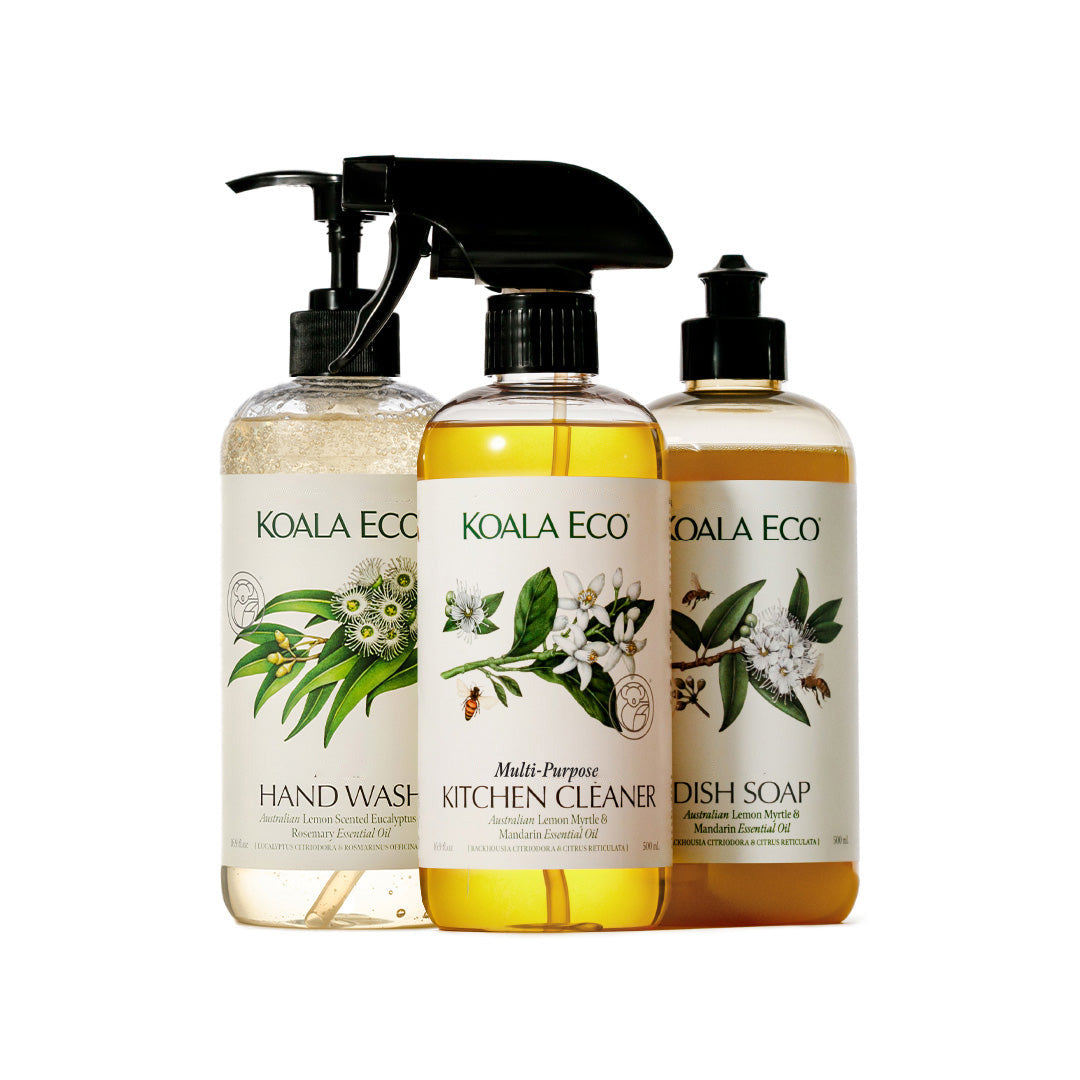
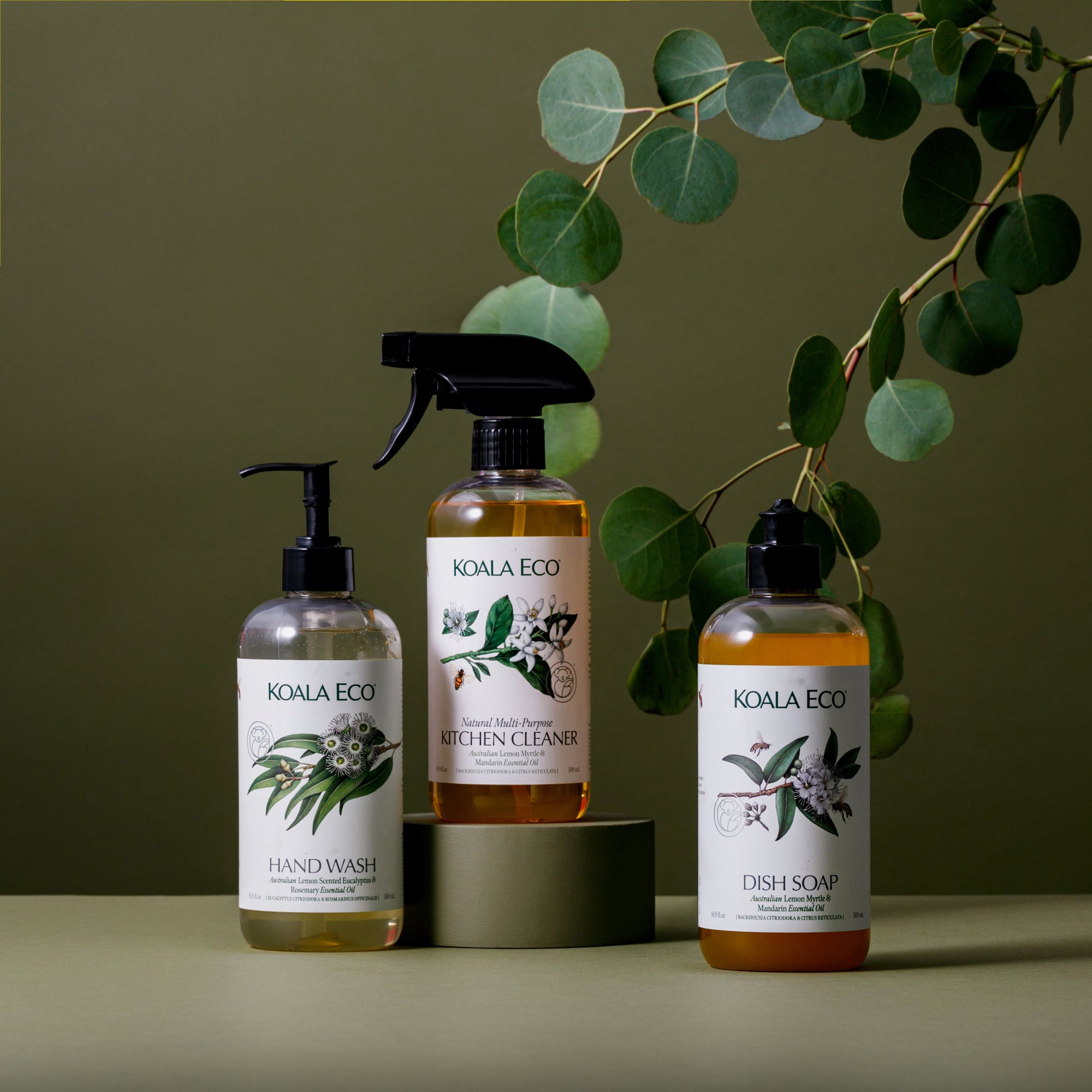


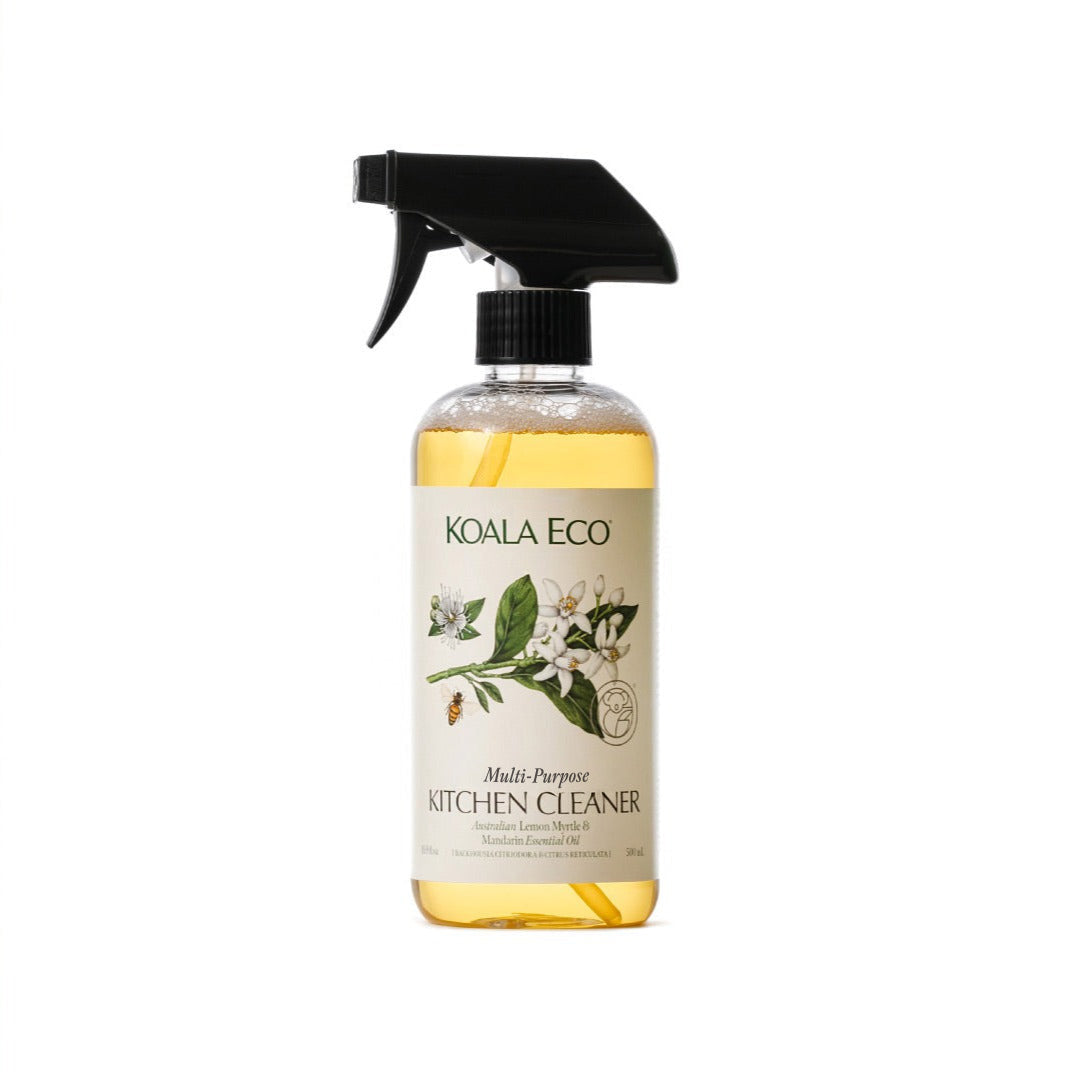
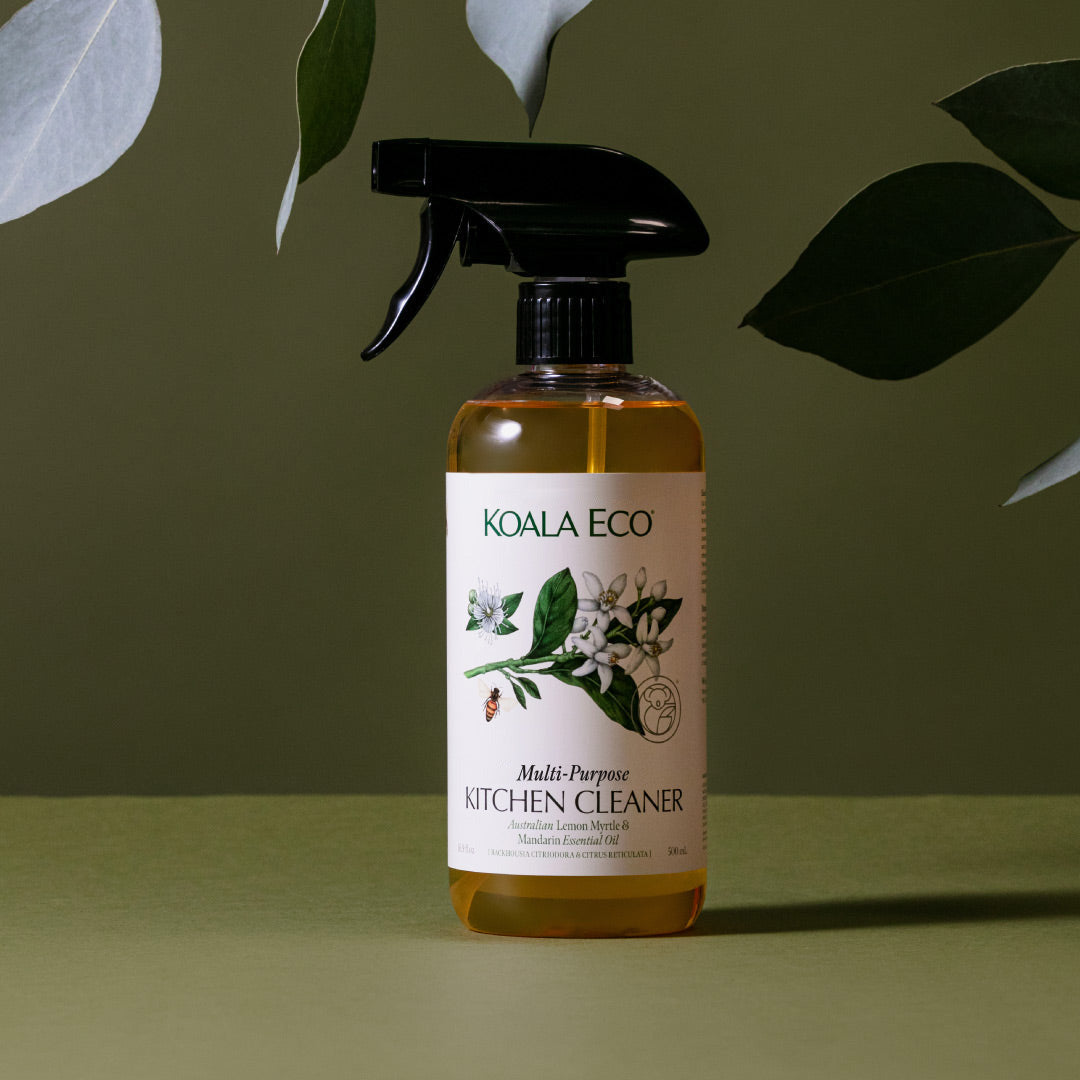
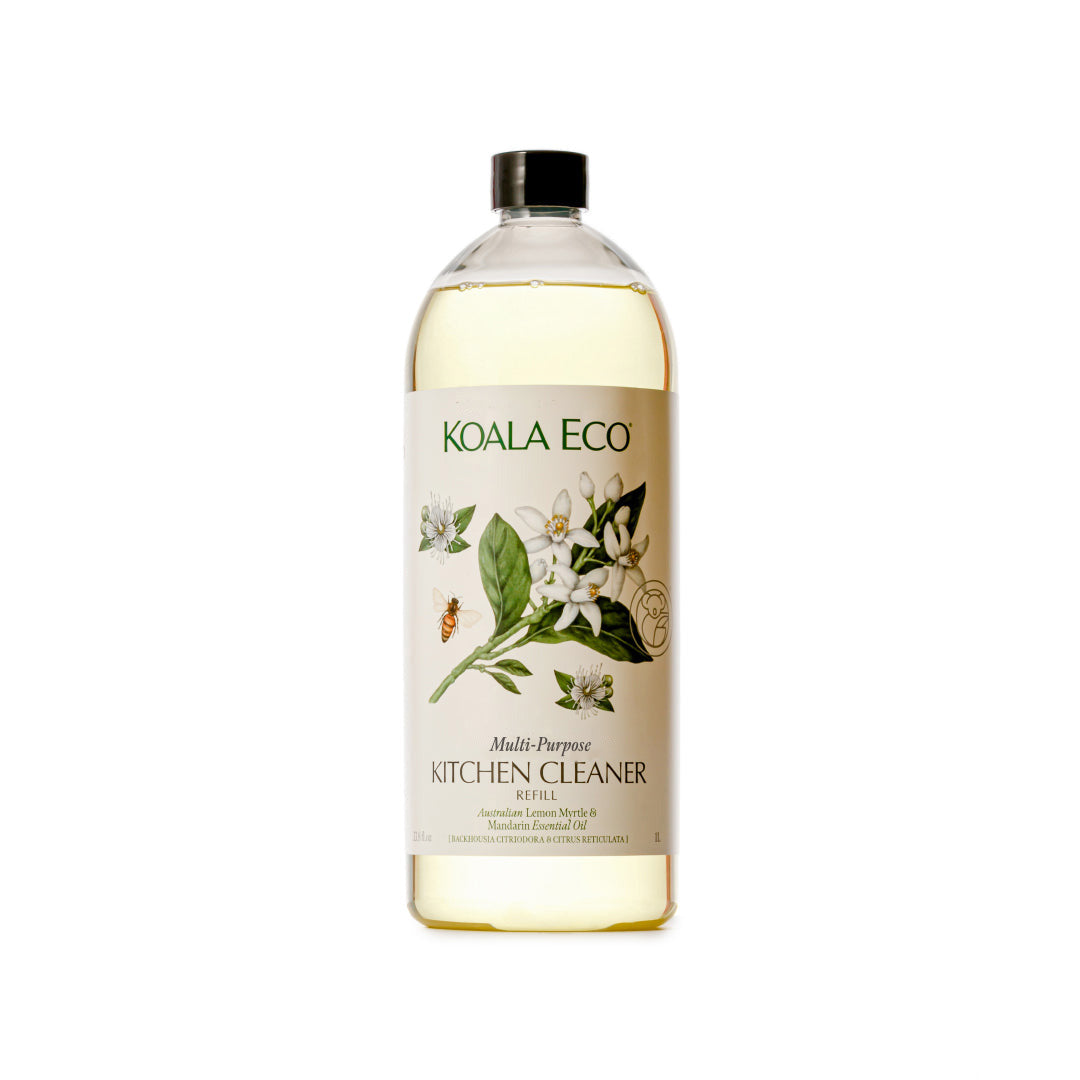
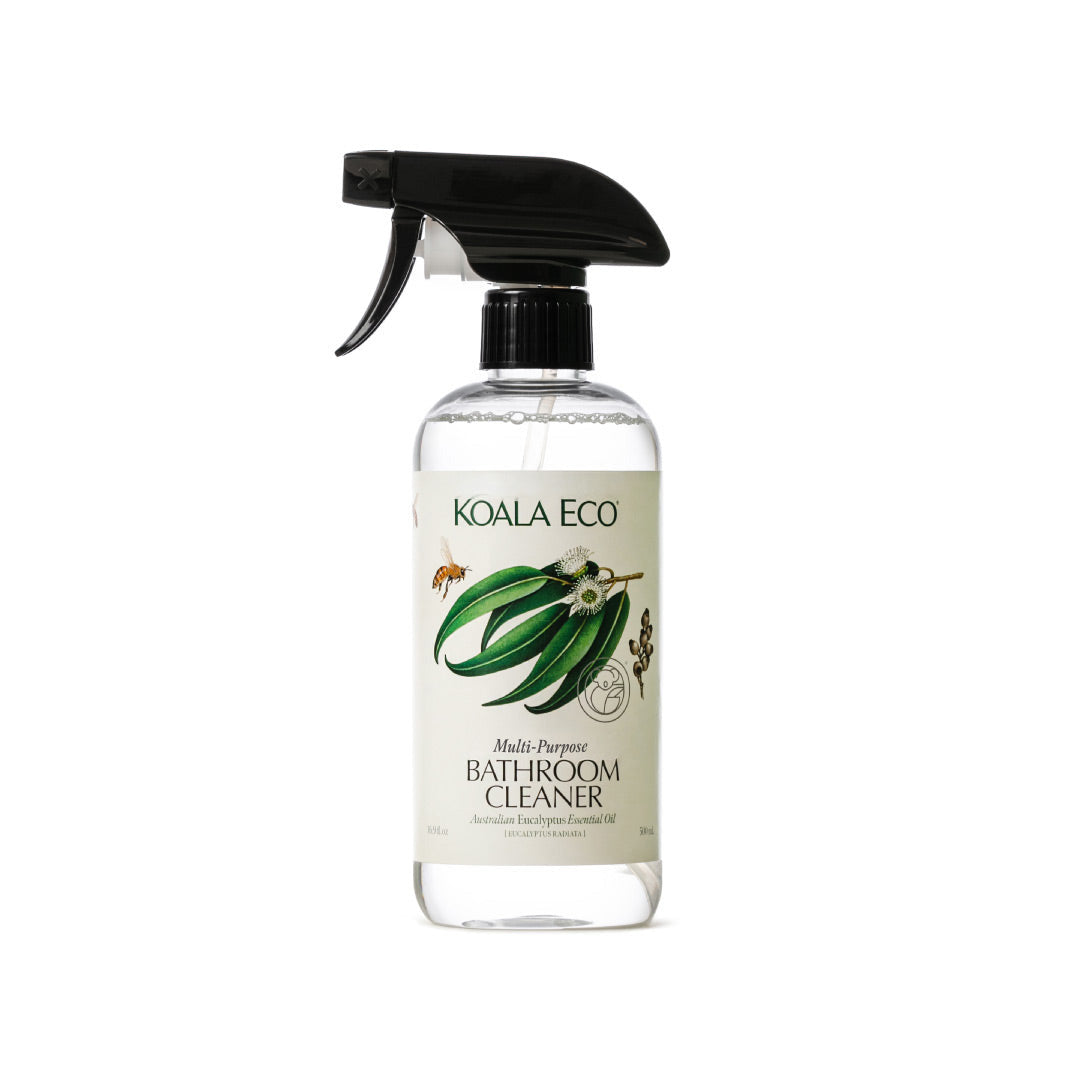
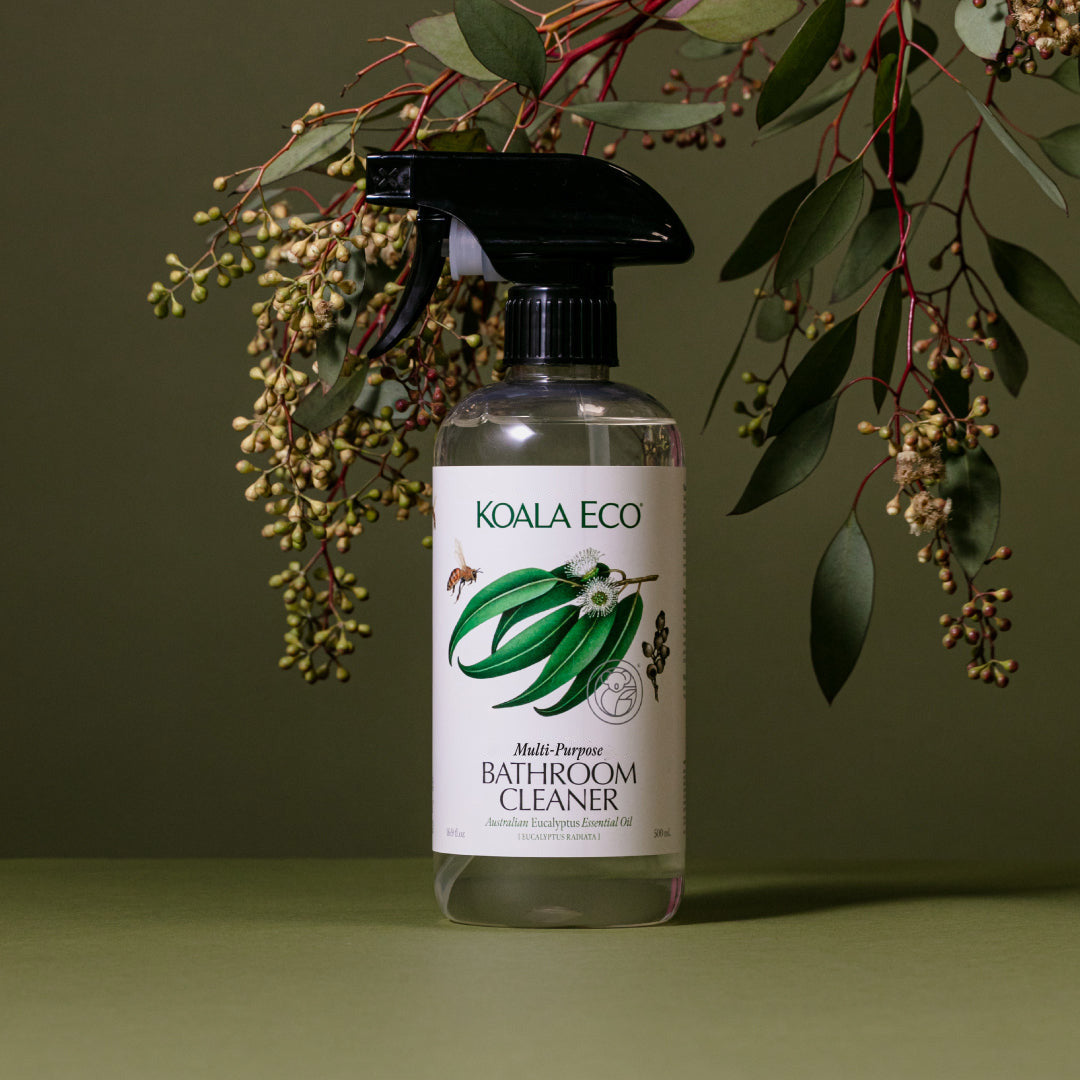
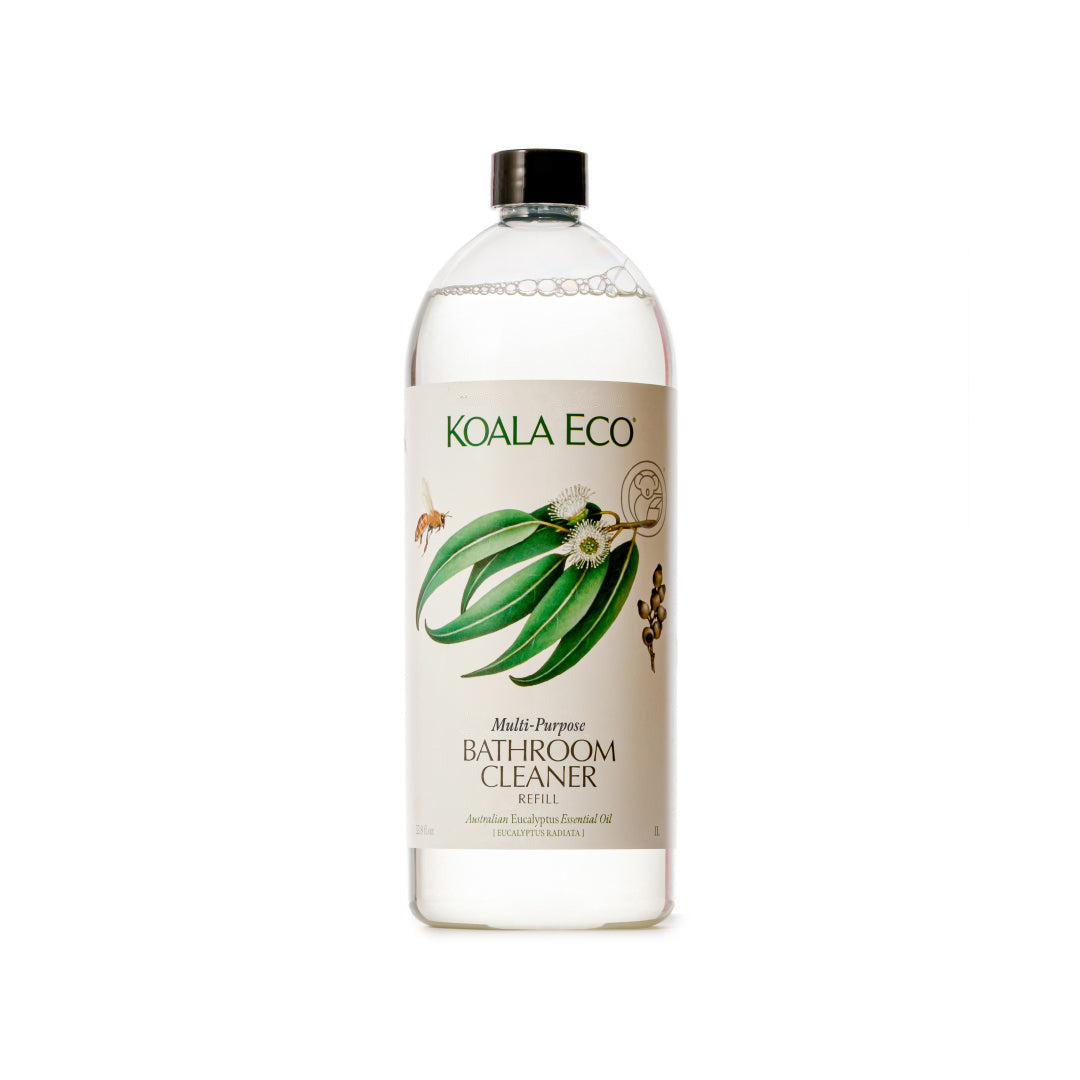
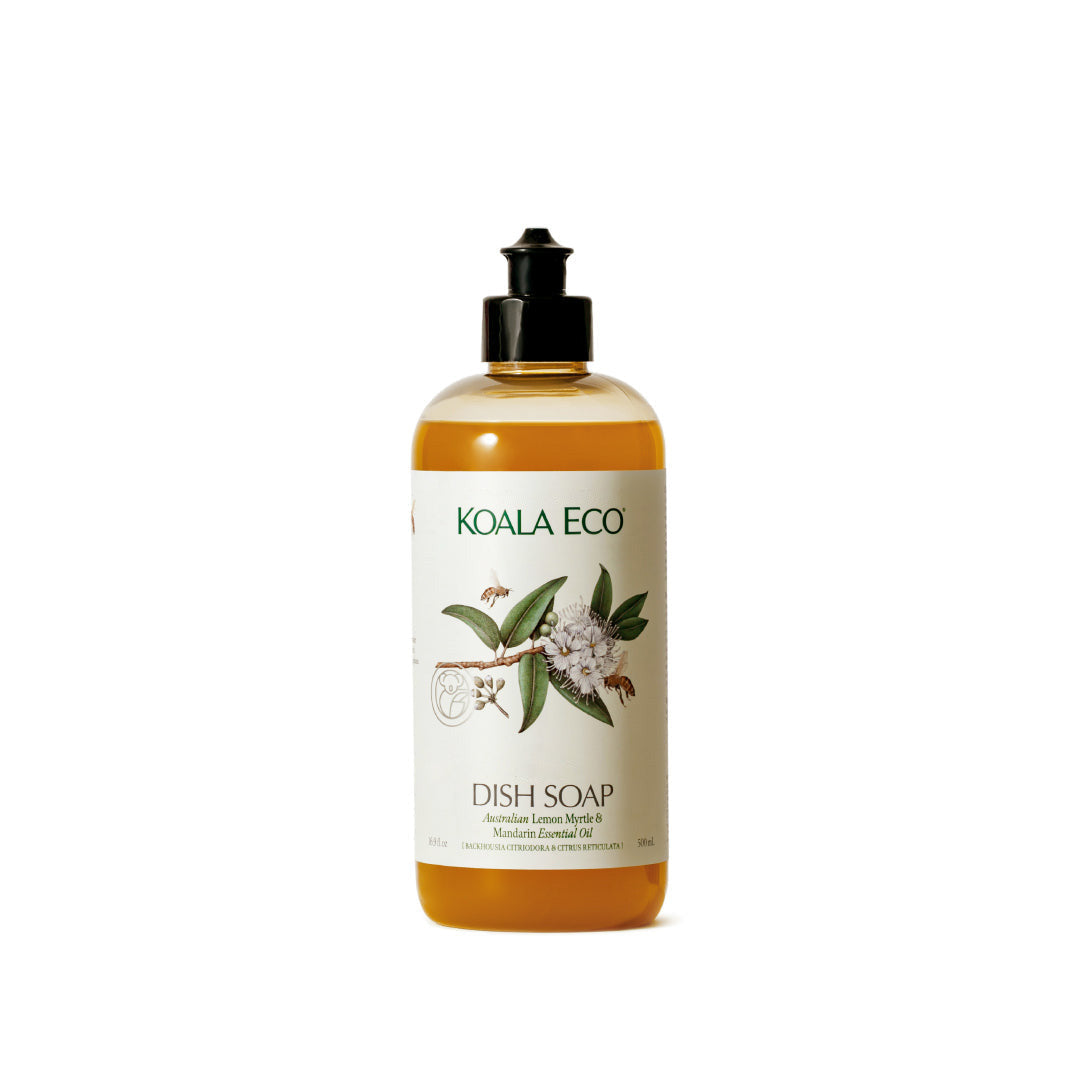
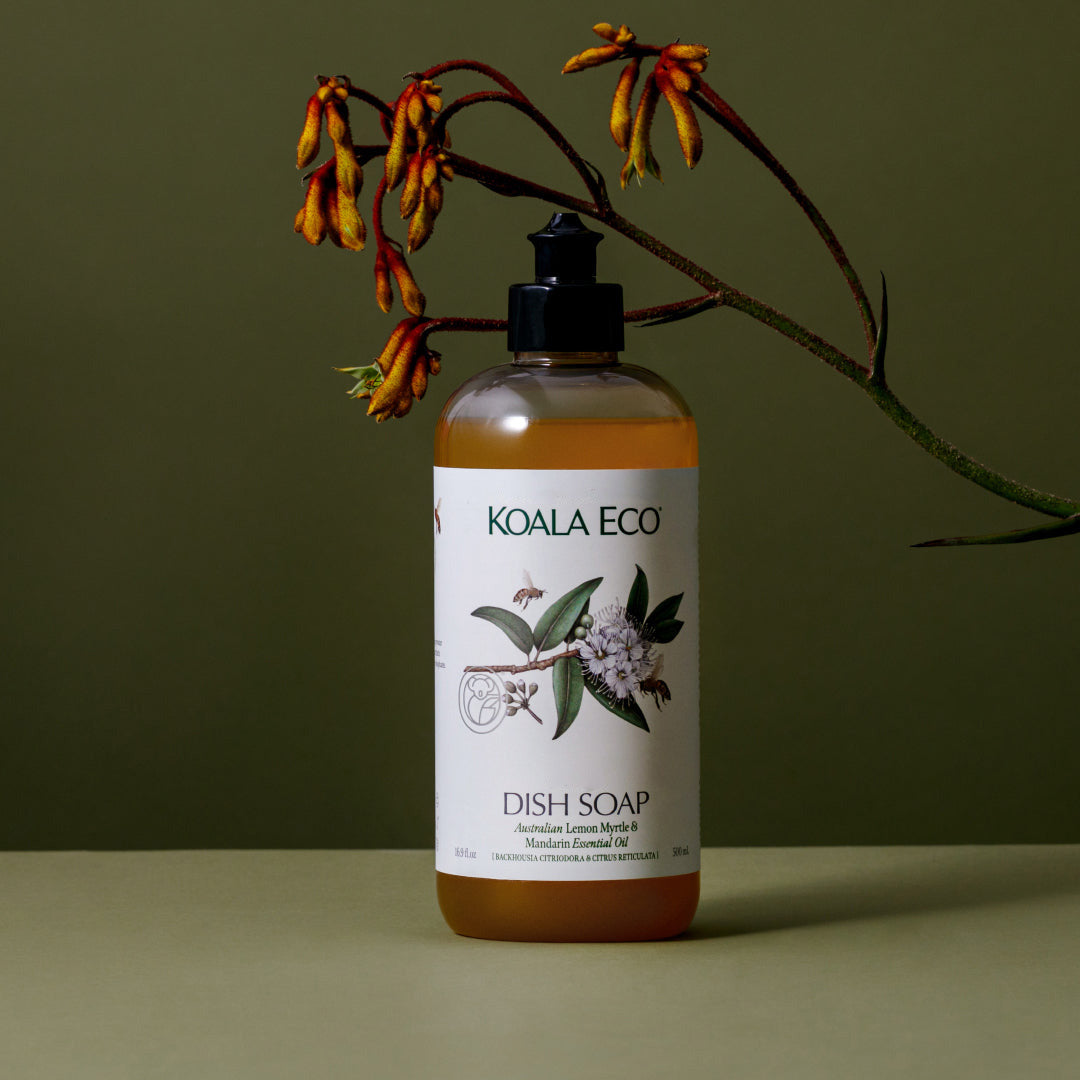
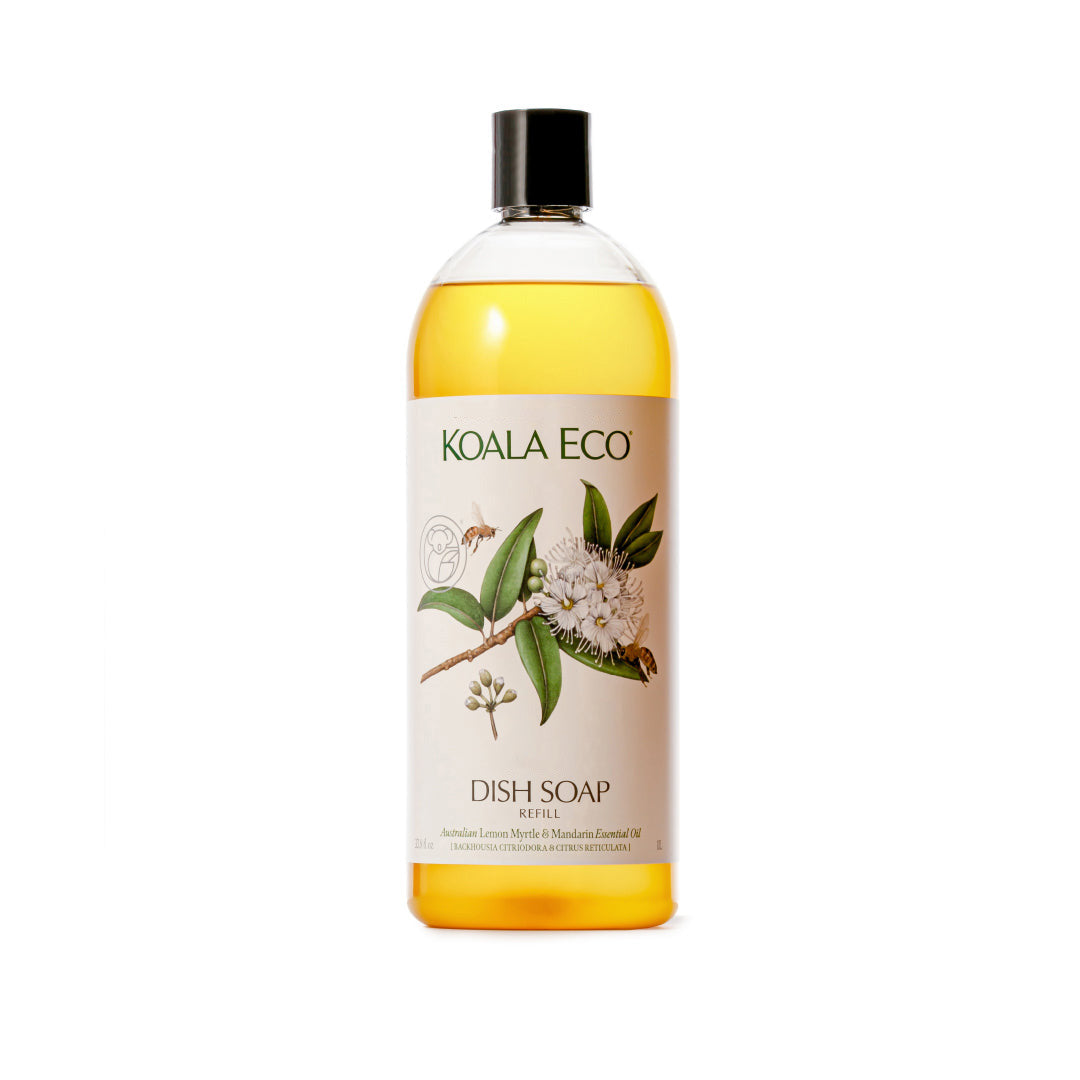
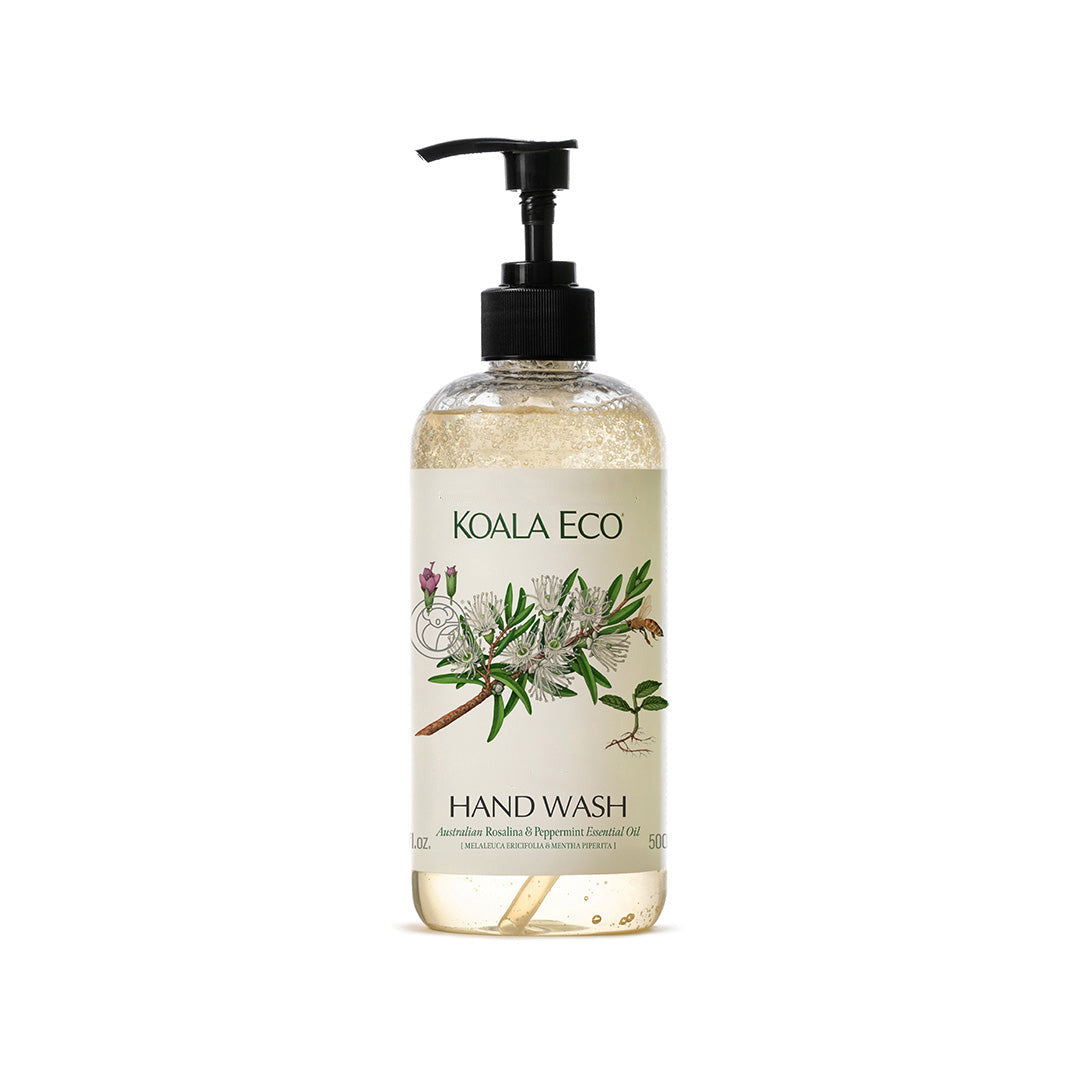
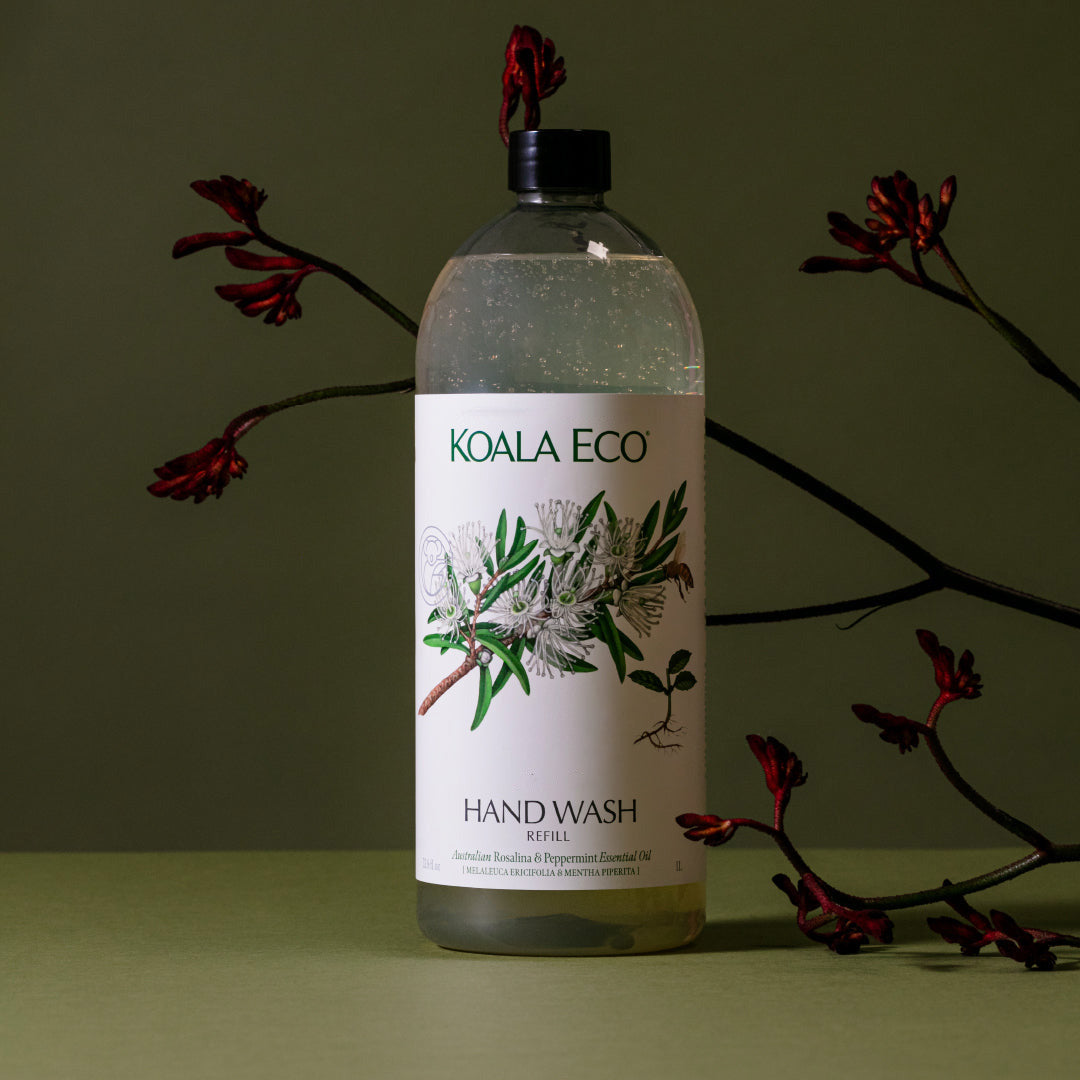
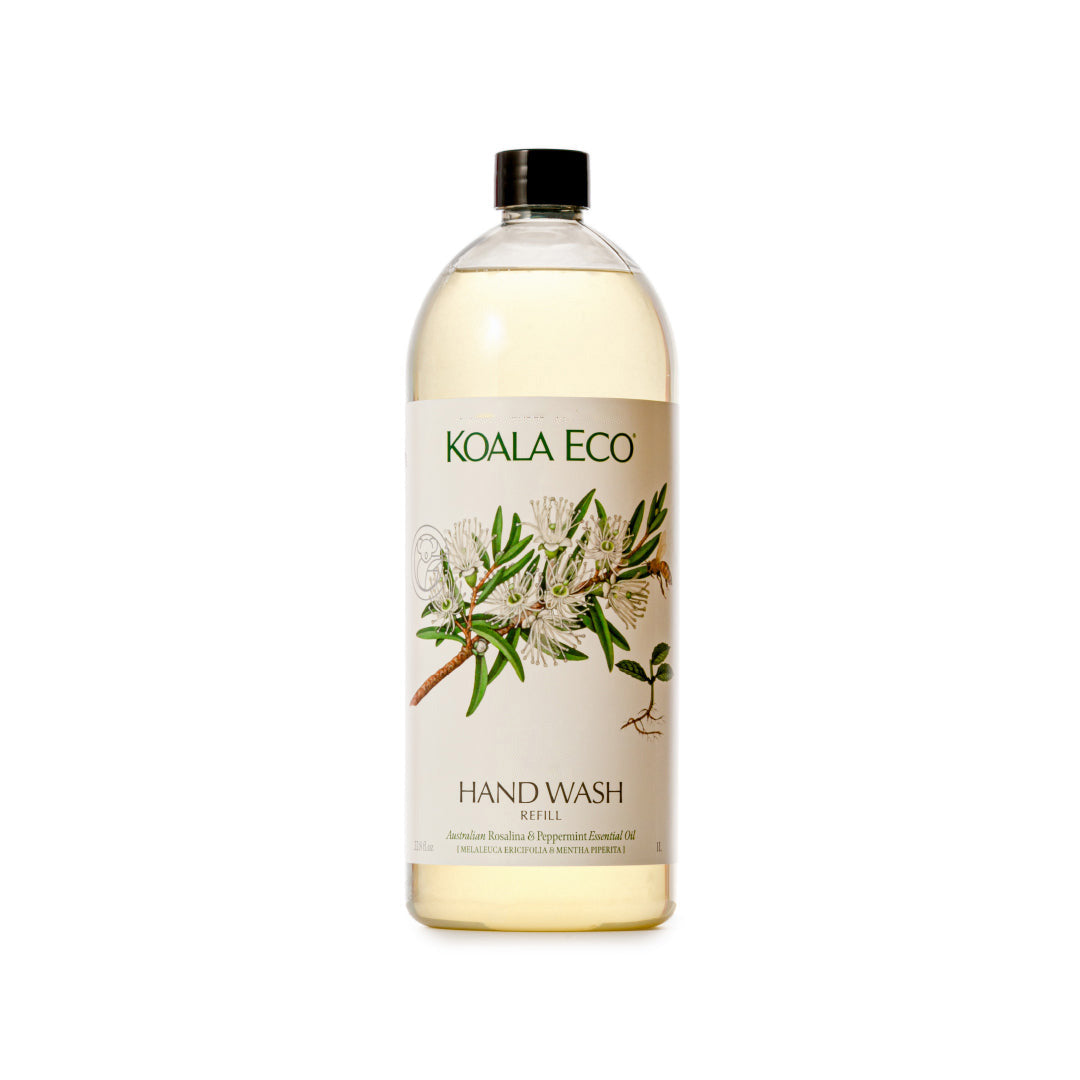
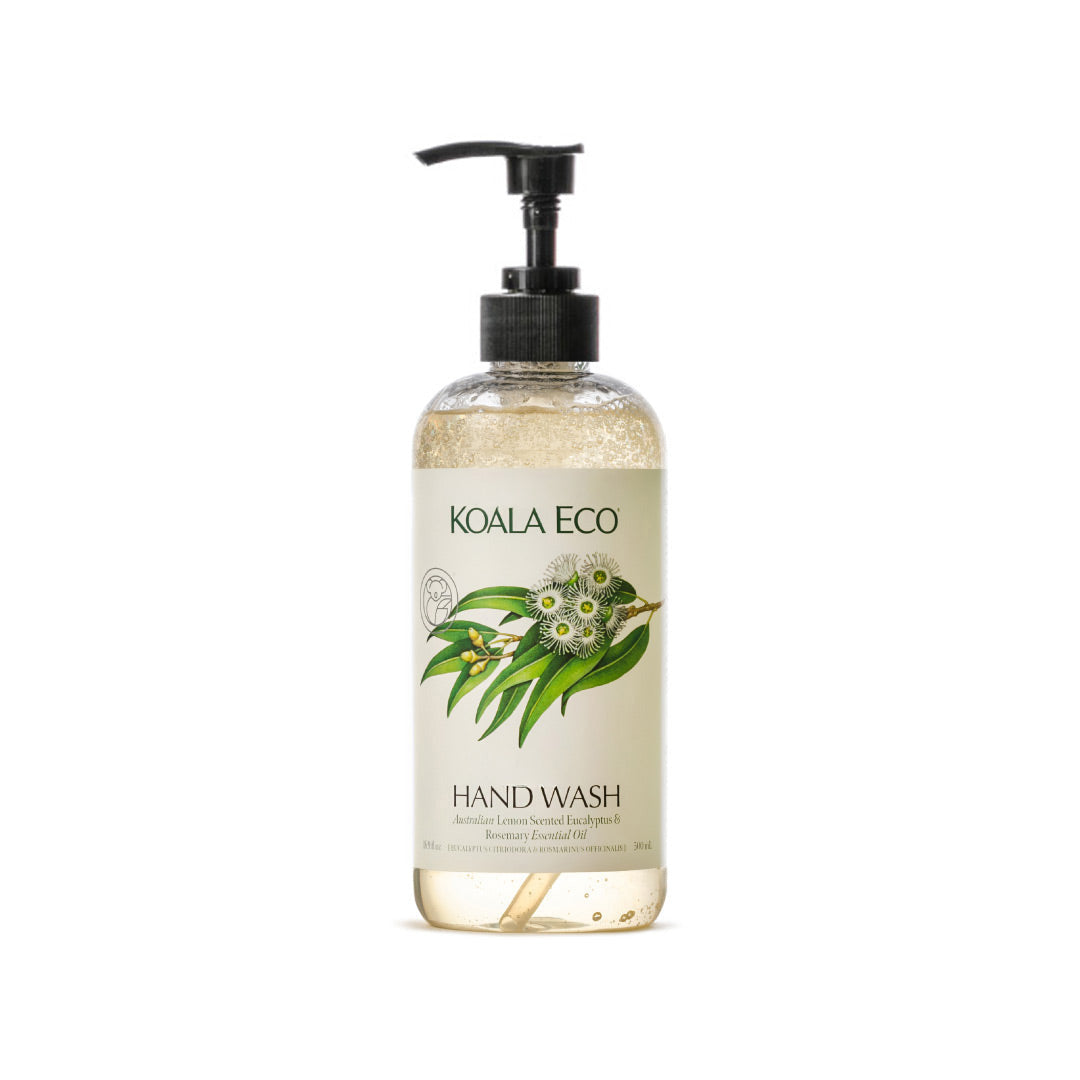
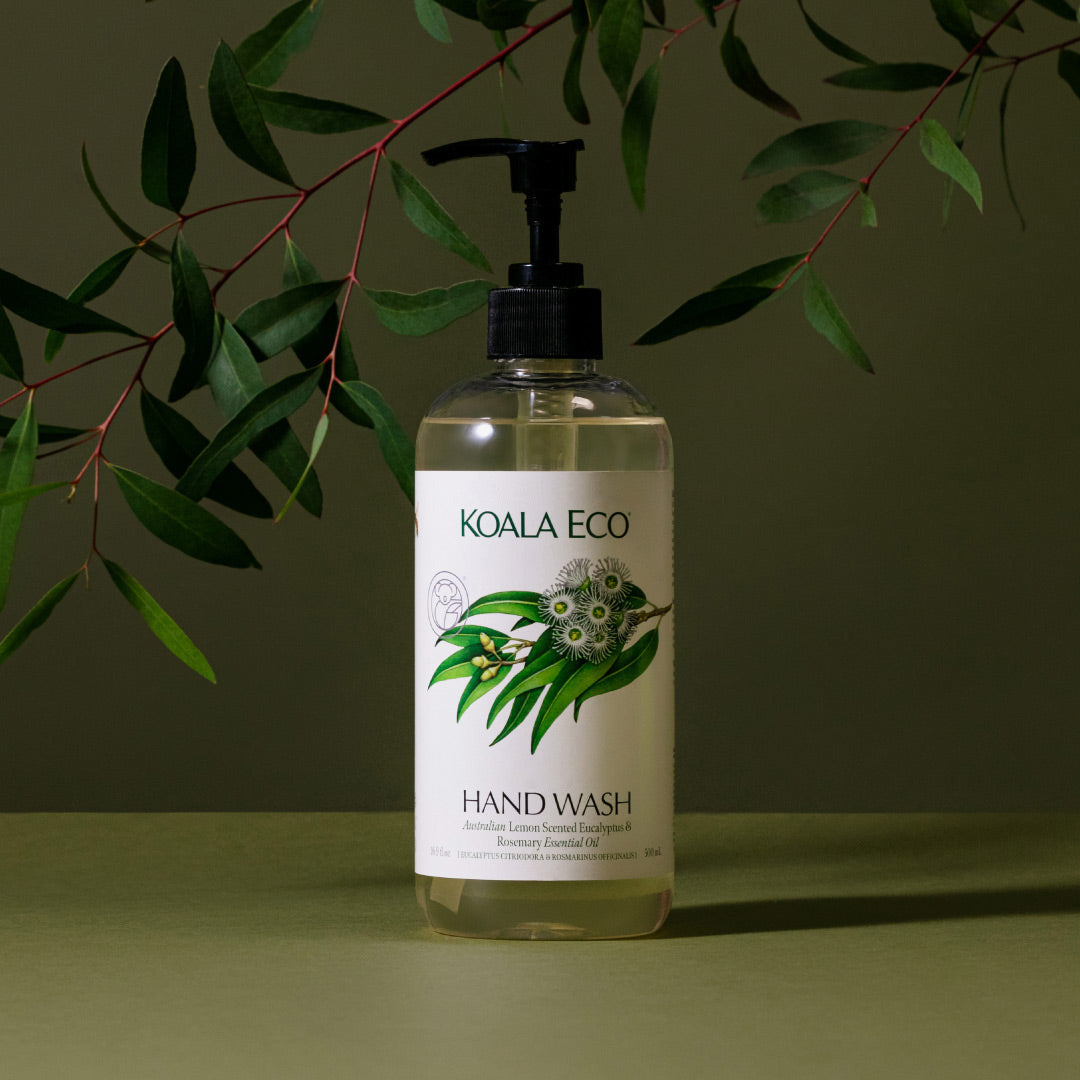
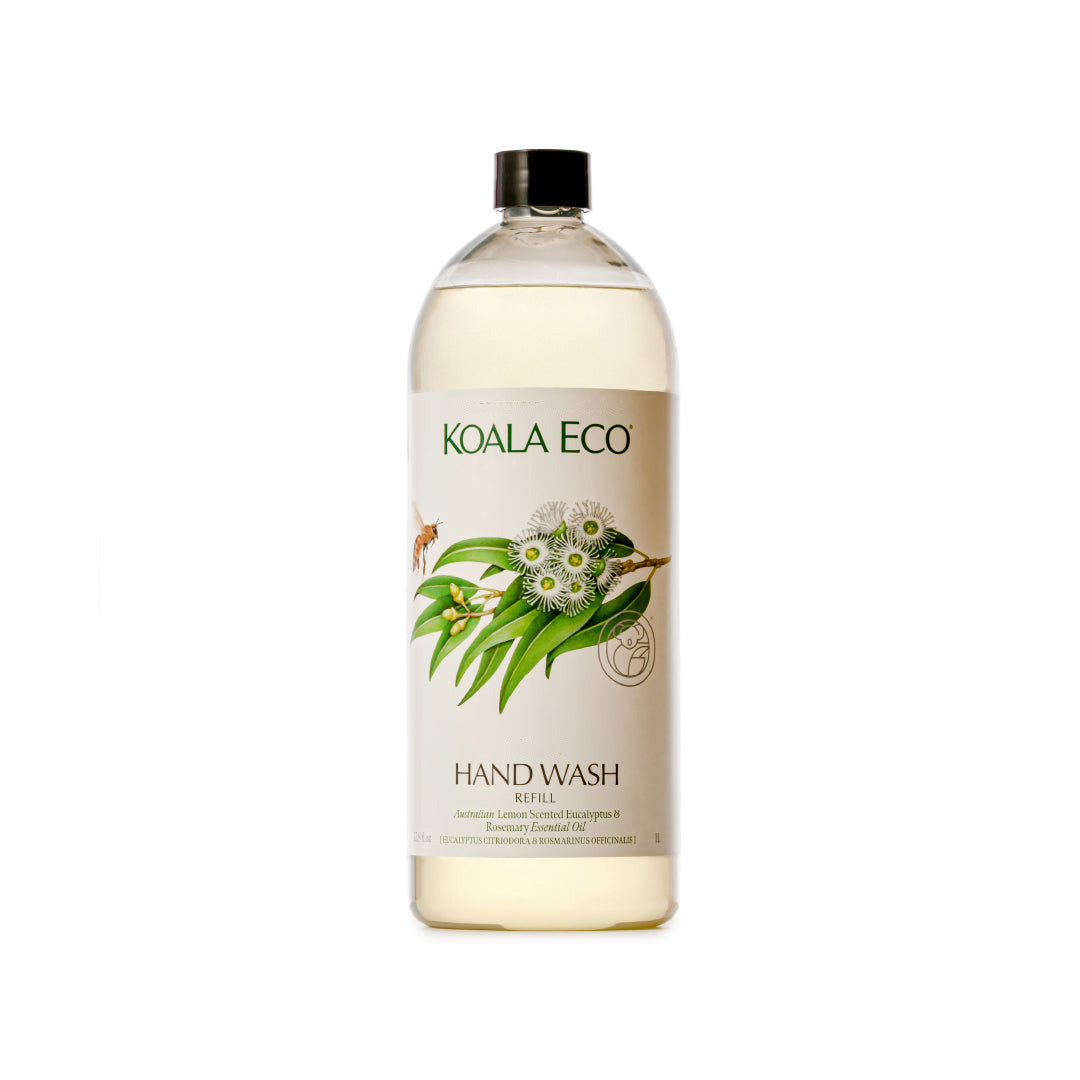
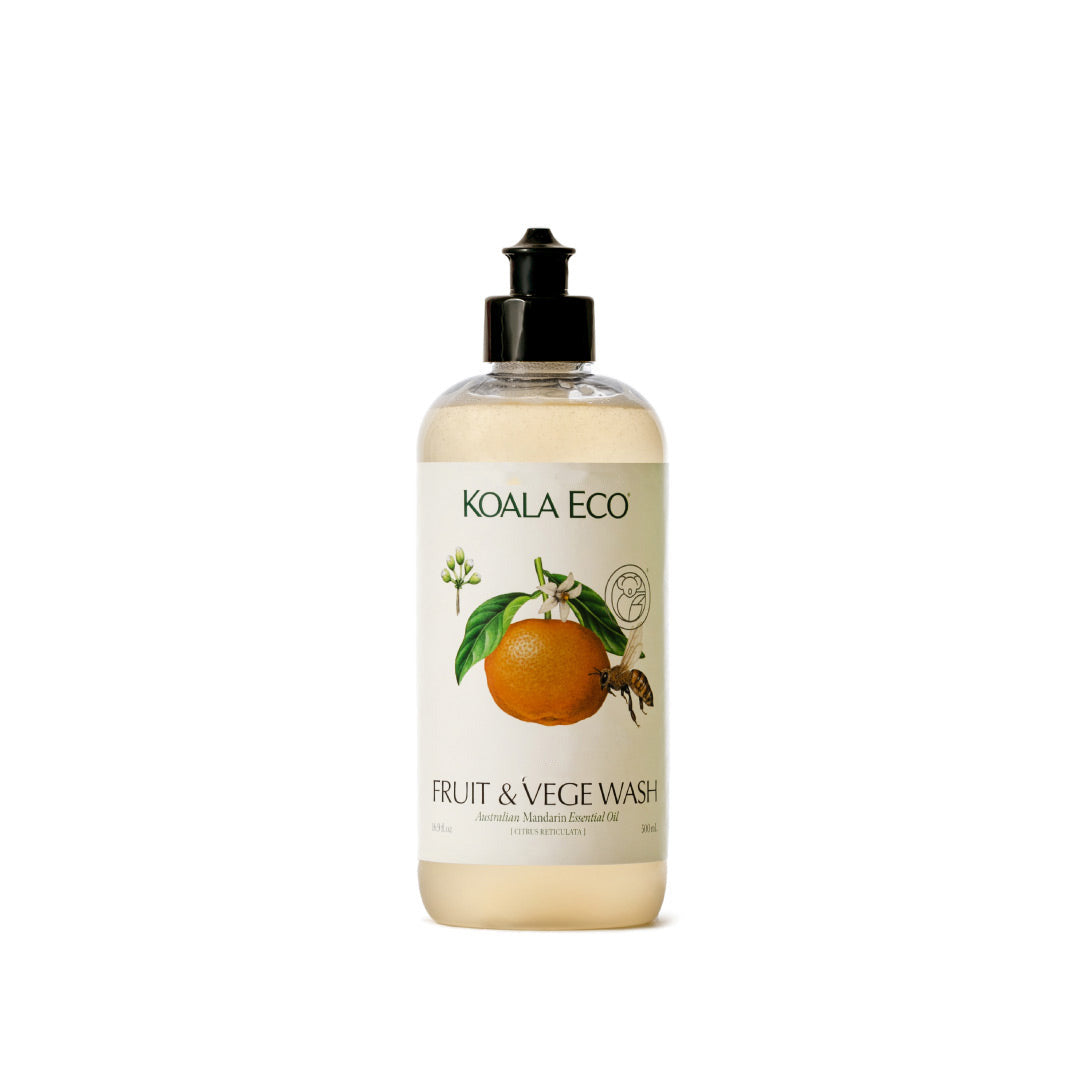
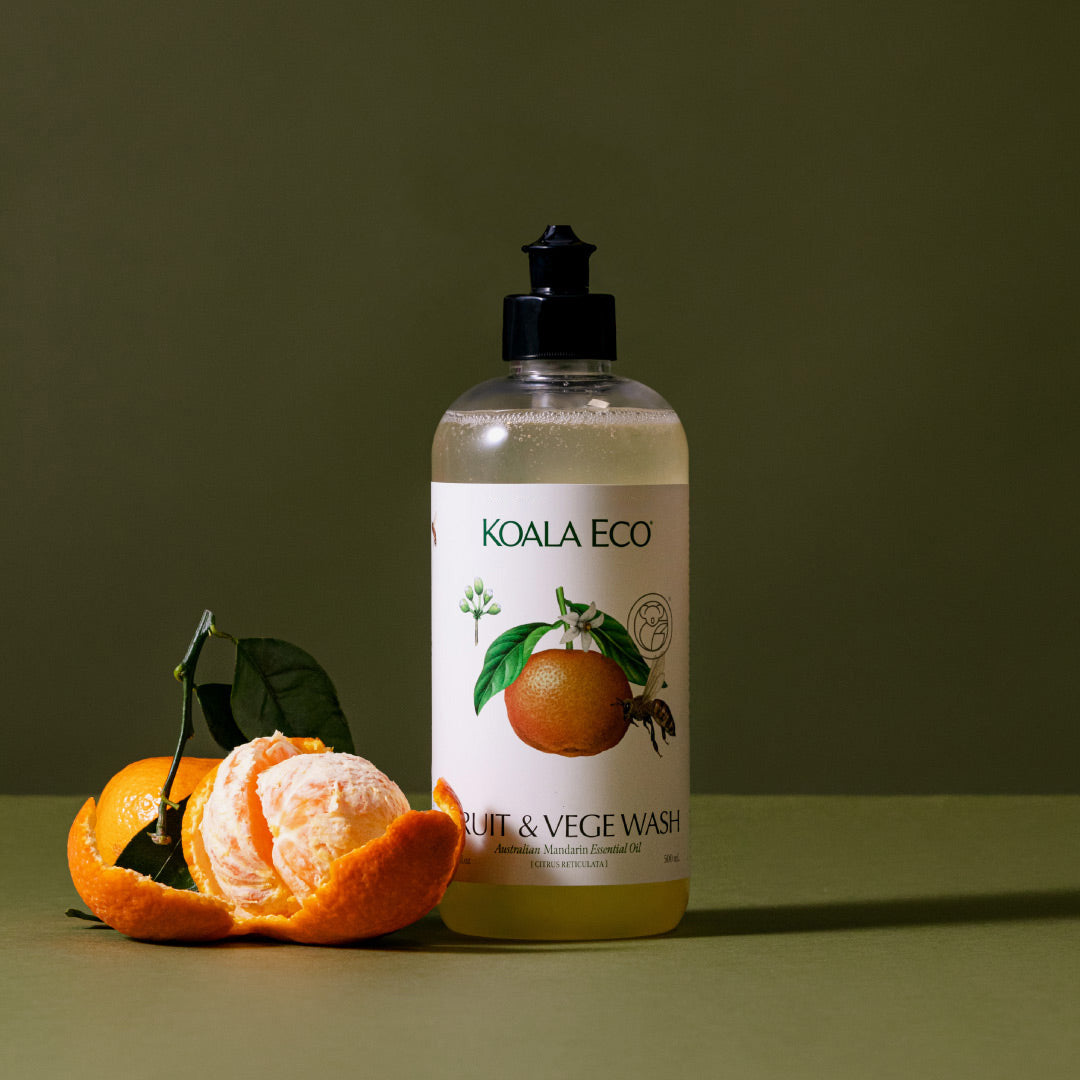
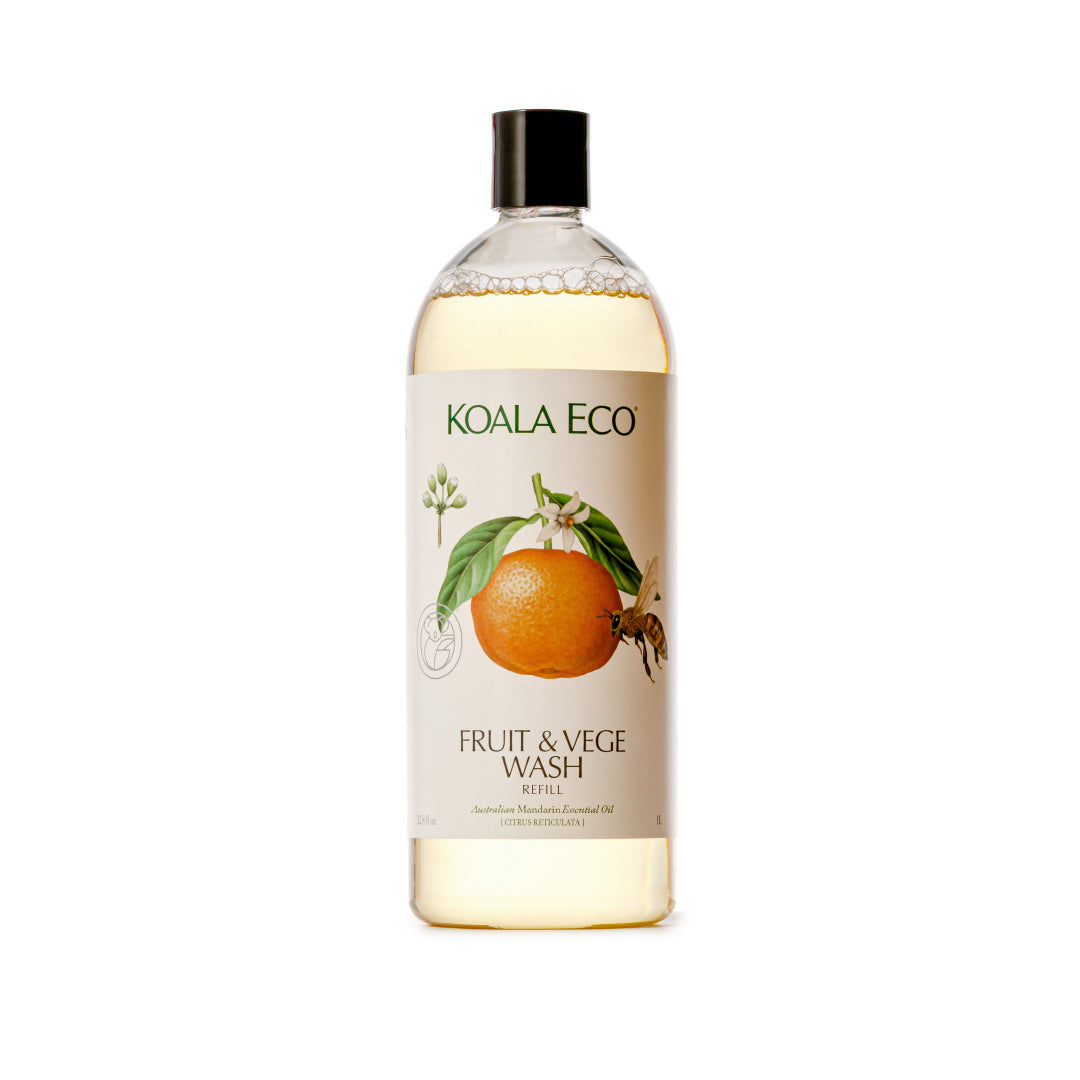
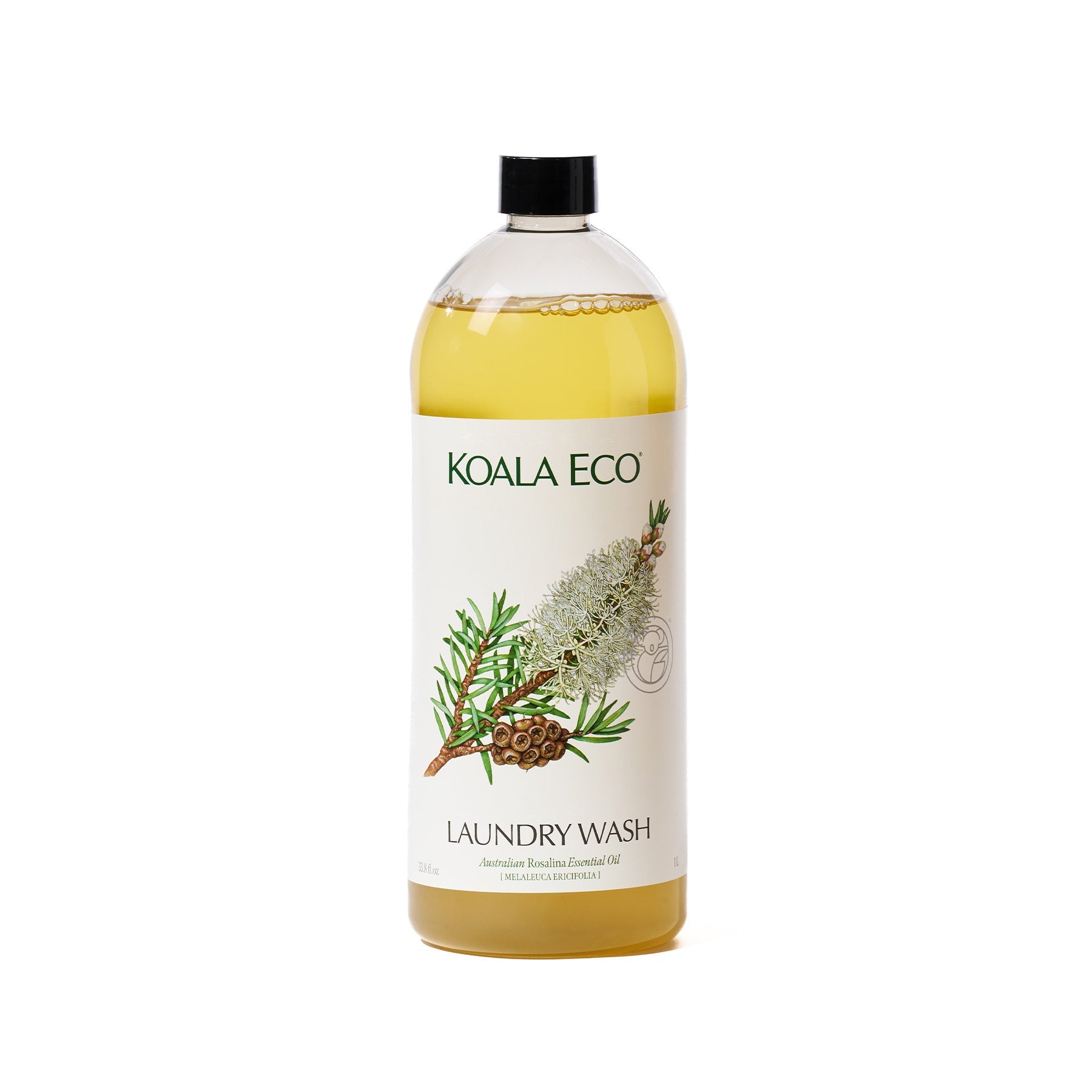

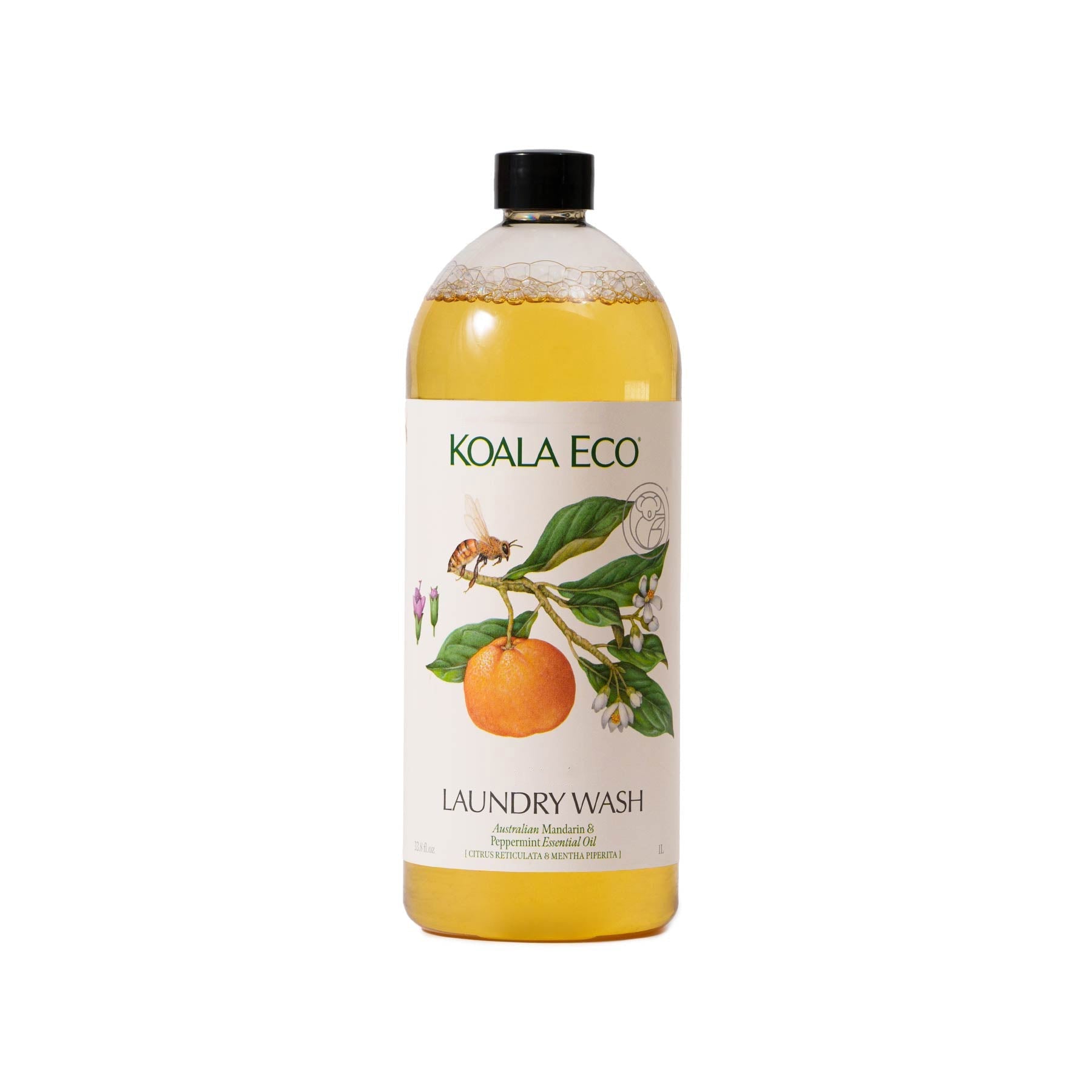
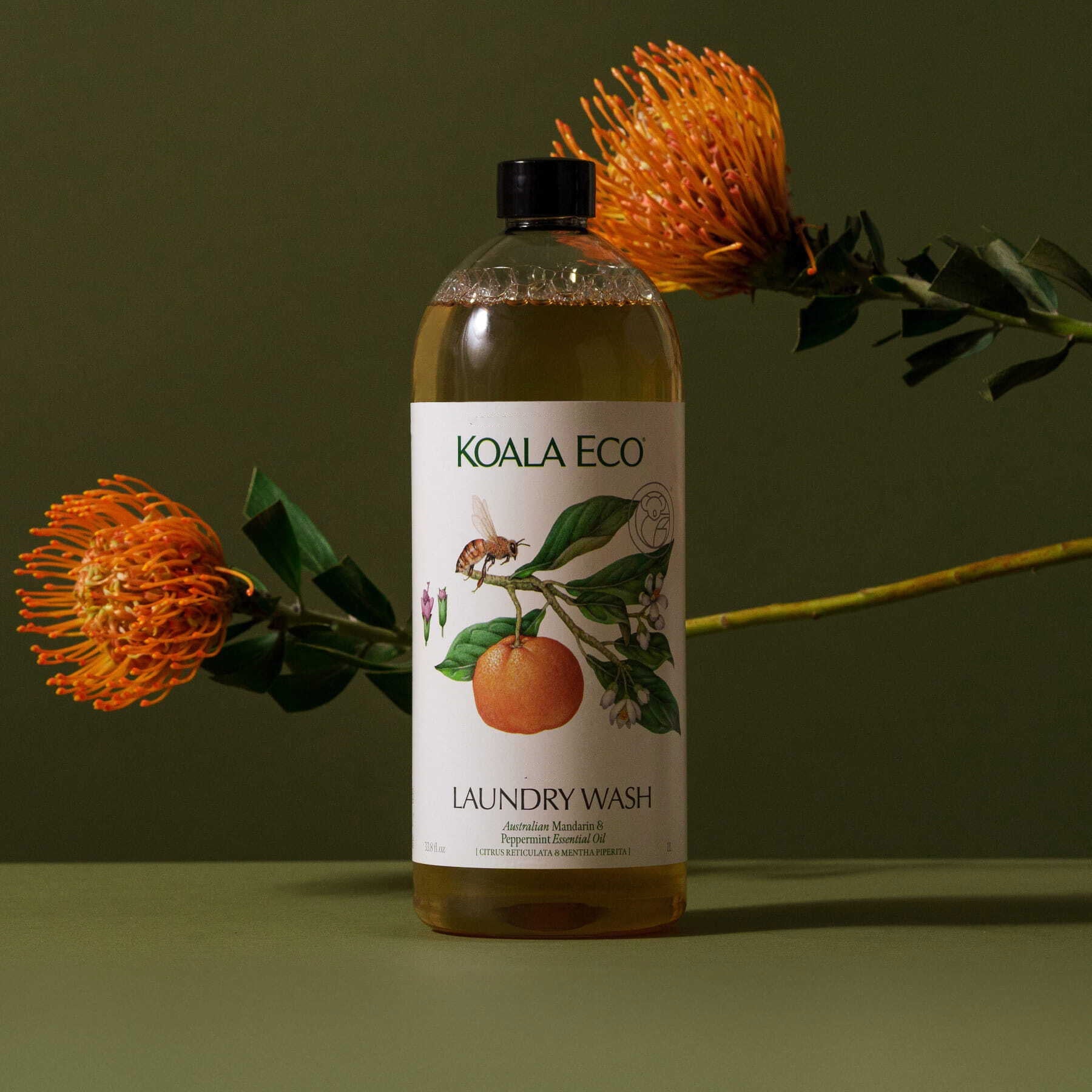

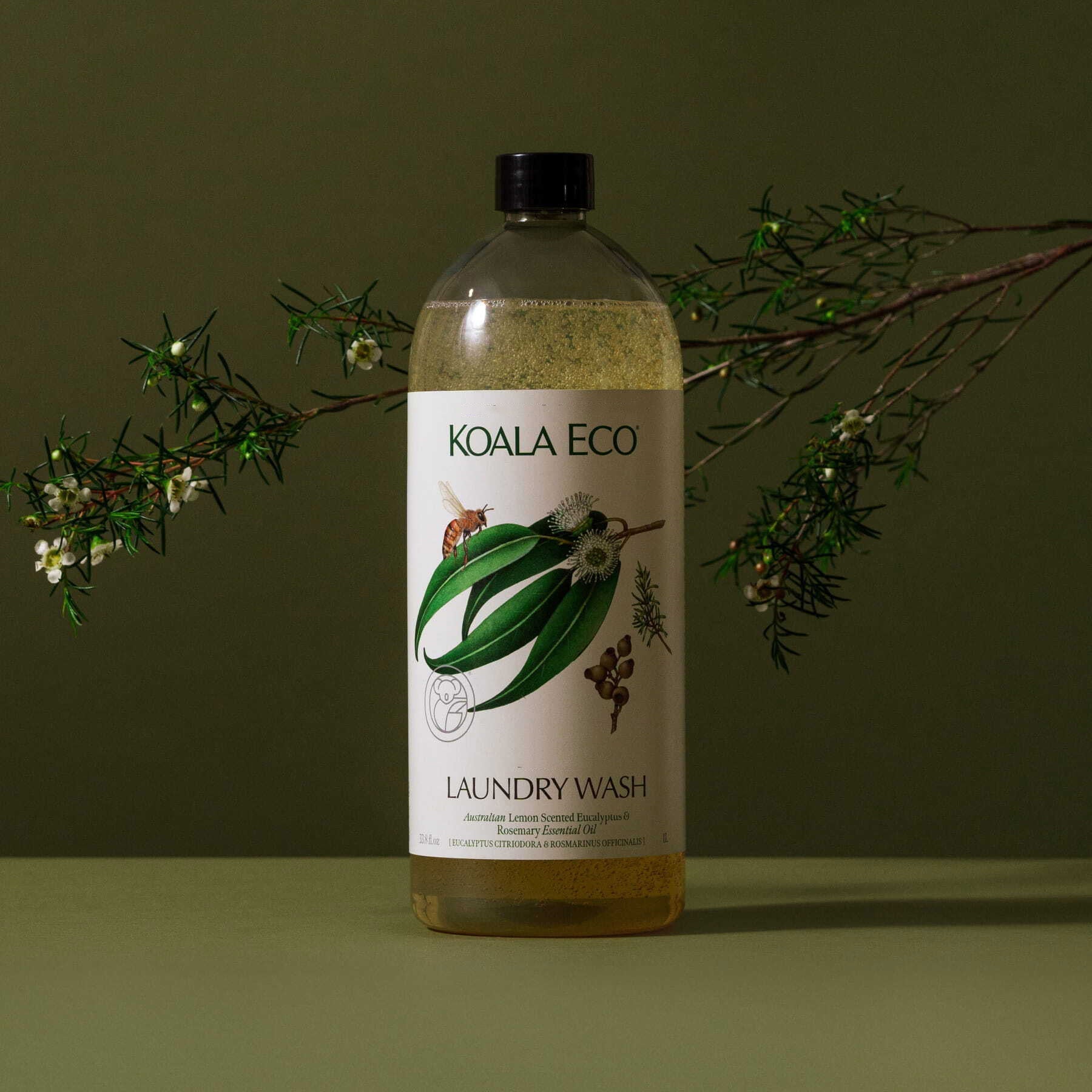
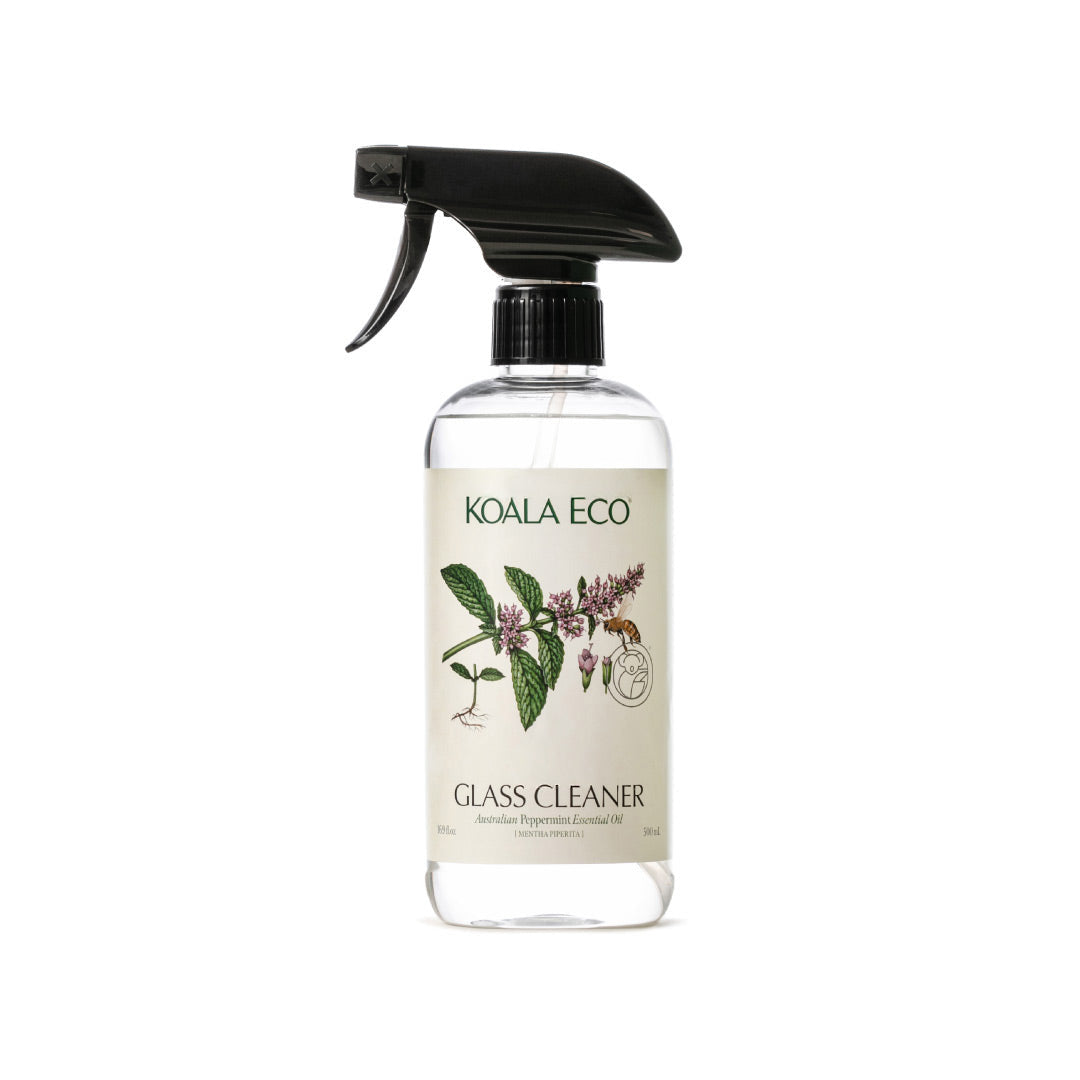
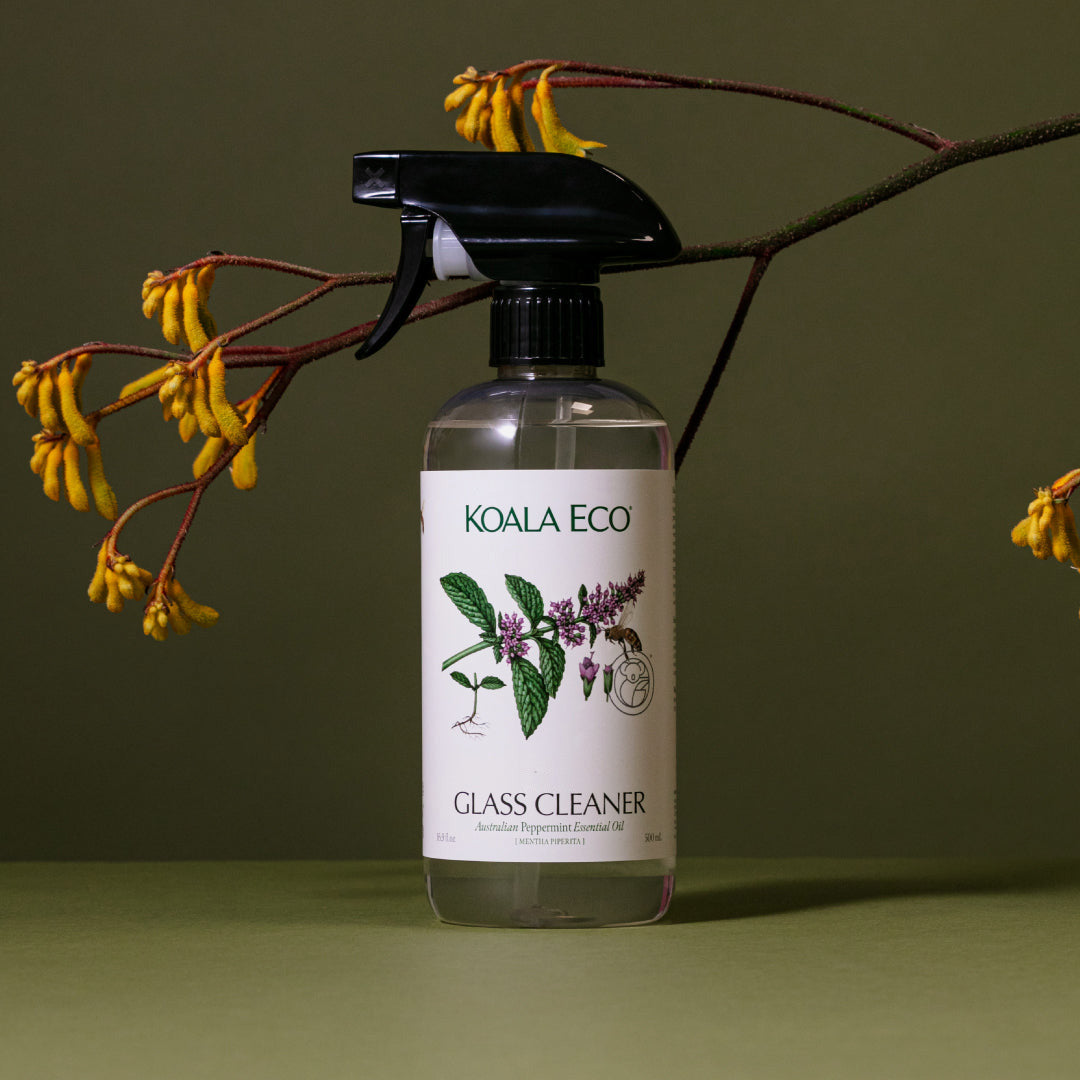
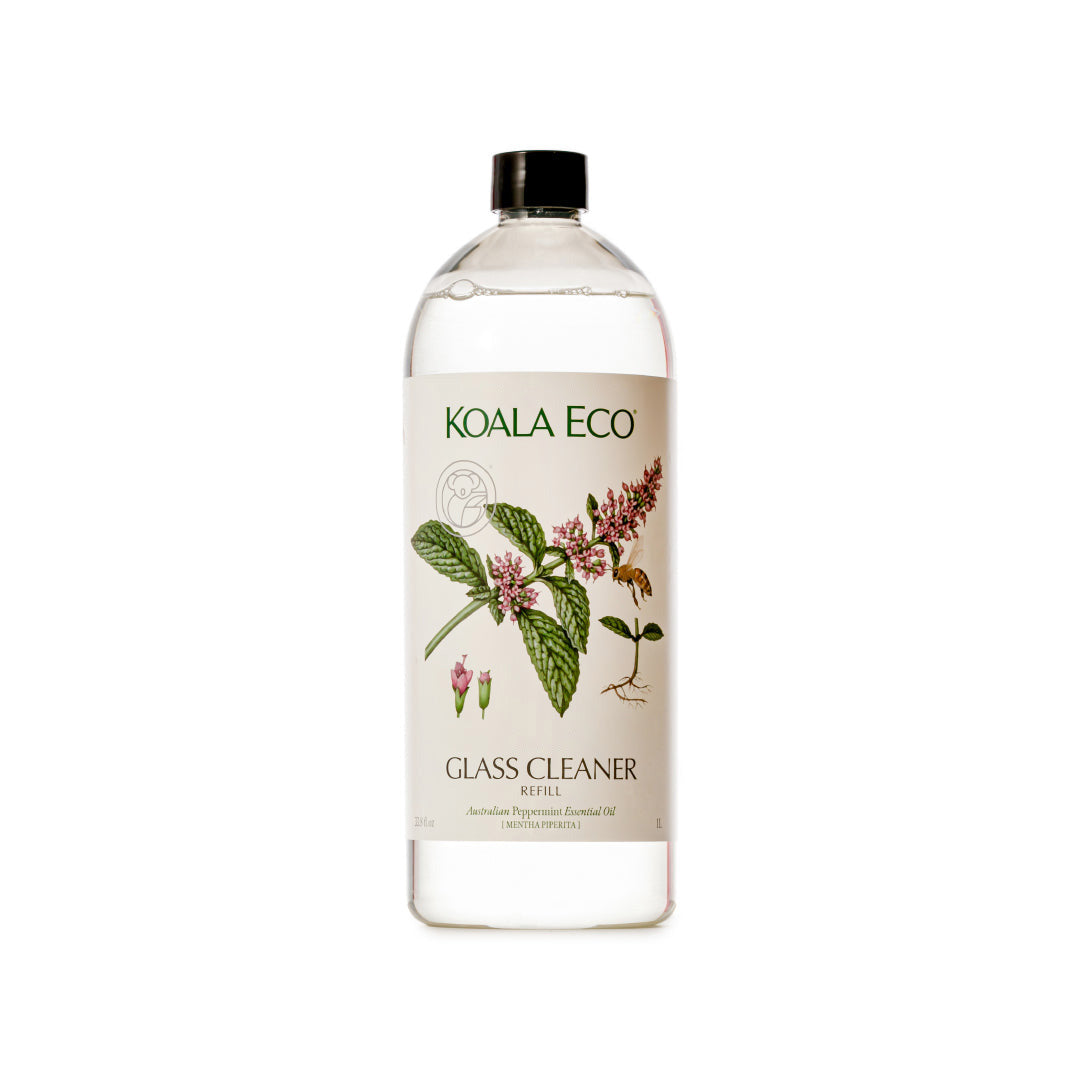


![The Sunday Reset - Inspired by Mandarin [Citrus reticulata]](http://usa-koala-eco.myshopify.com/cdn/shop/articles/KoalaEco-2025-Sunday_Reset-Mandarin-Journal_Banner_07451e10-e73f-497d-989d-2606a2864abf.jpg?v=1760498511&width=2000)